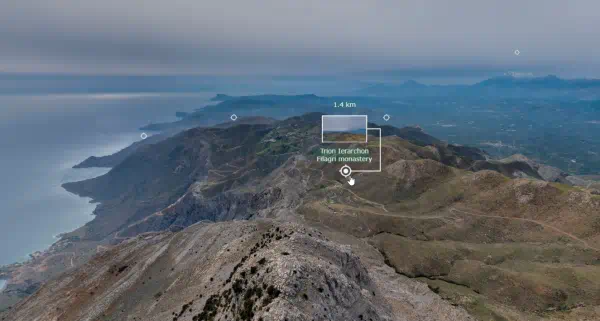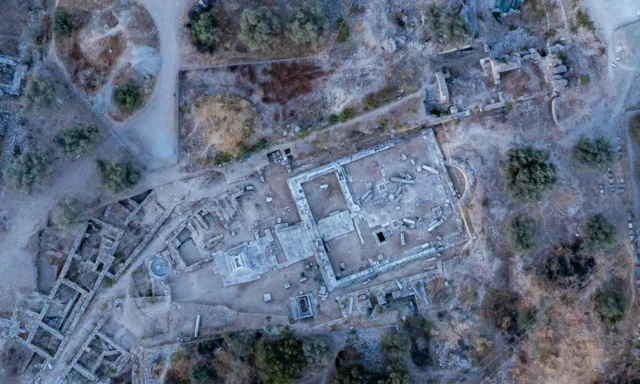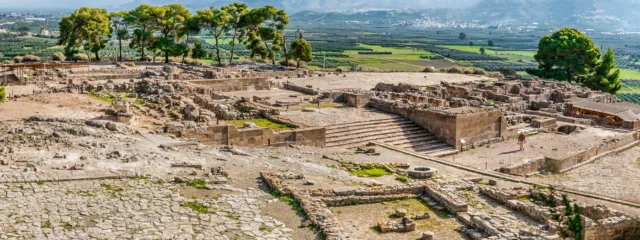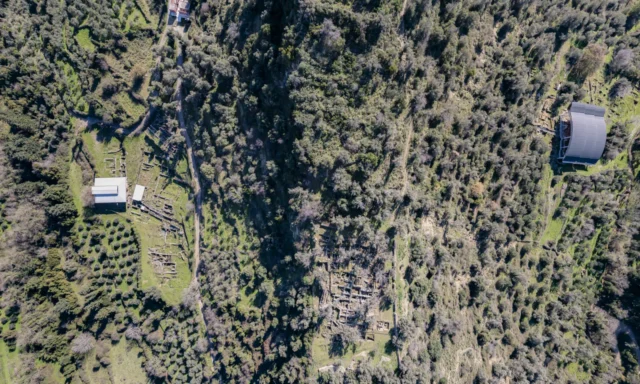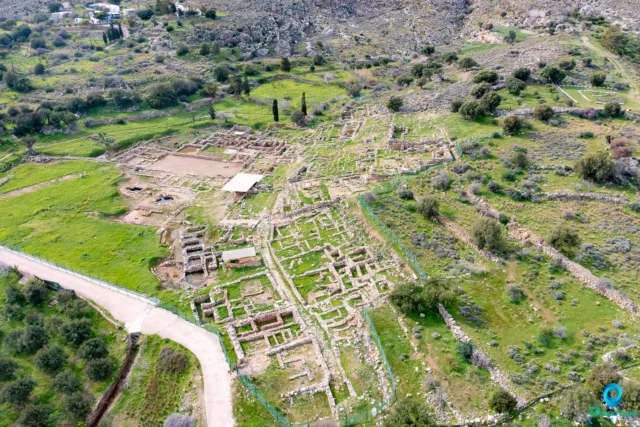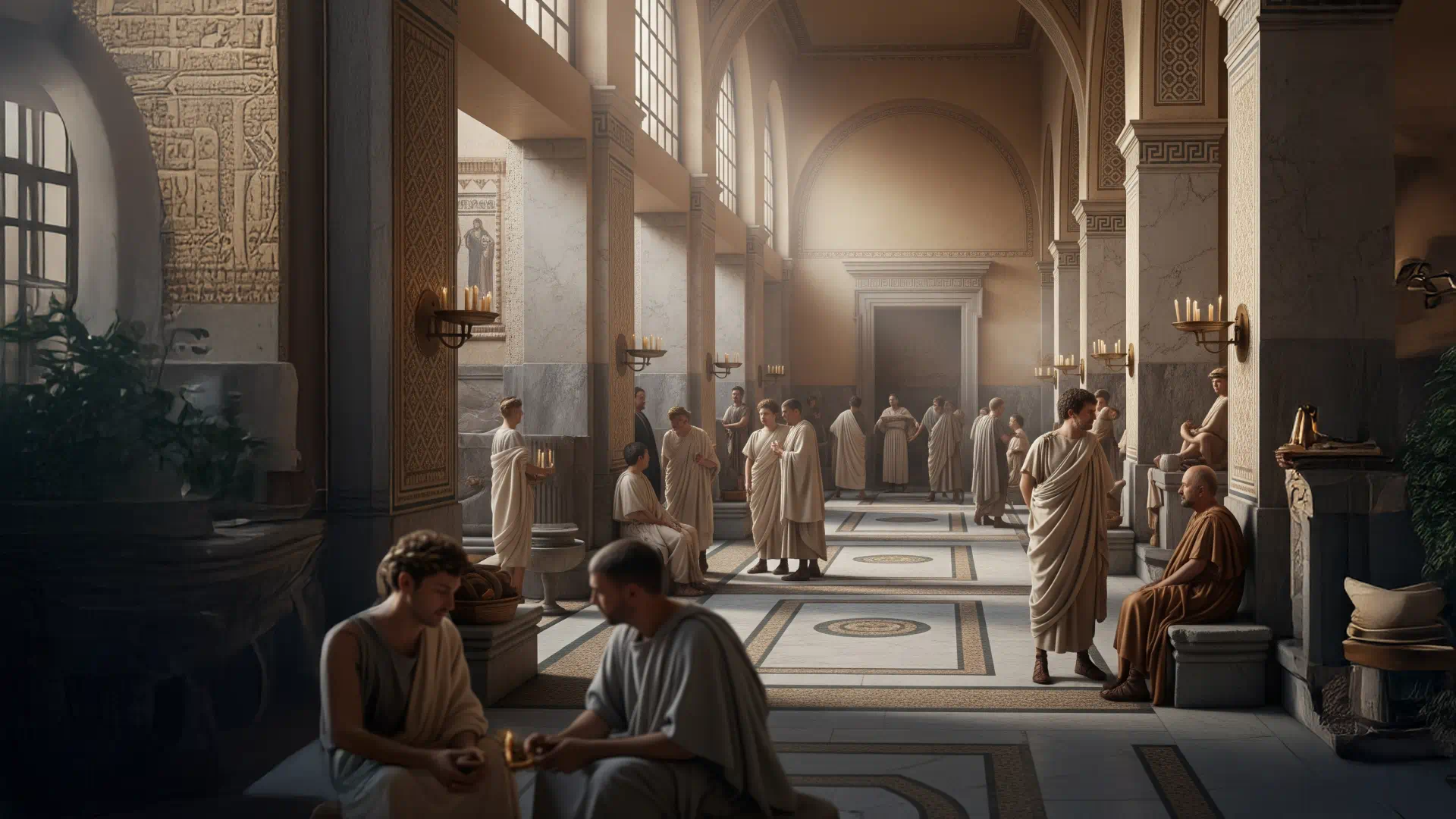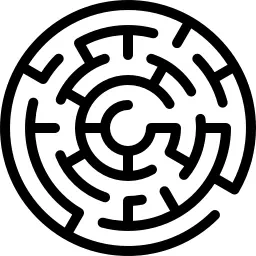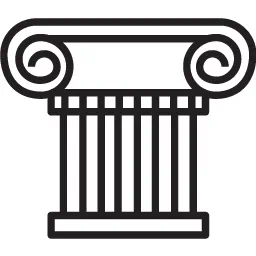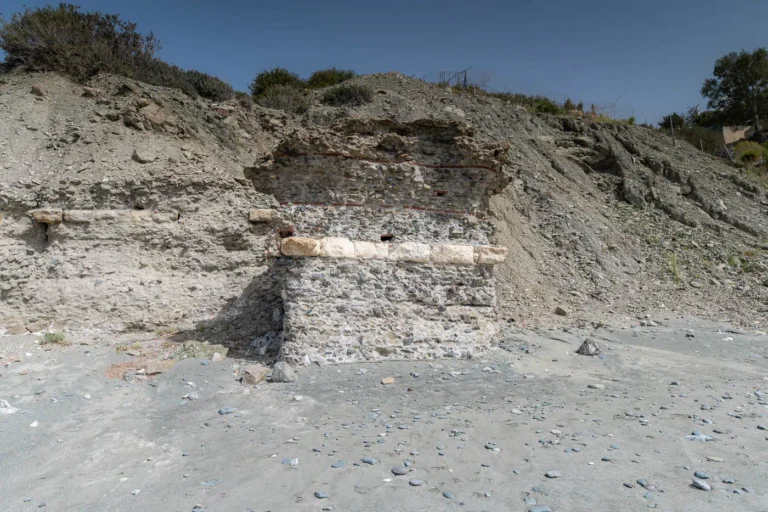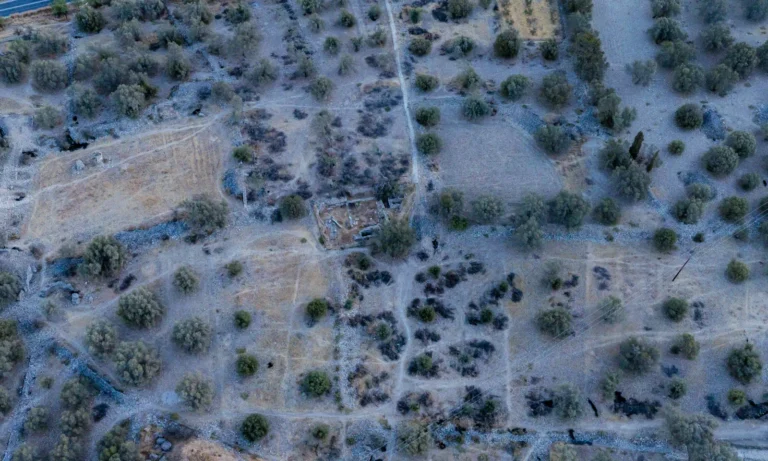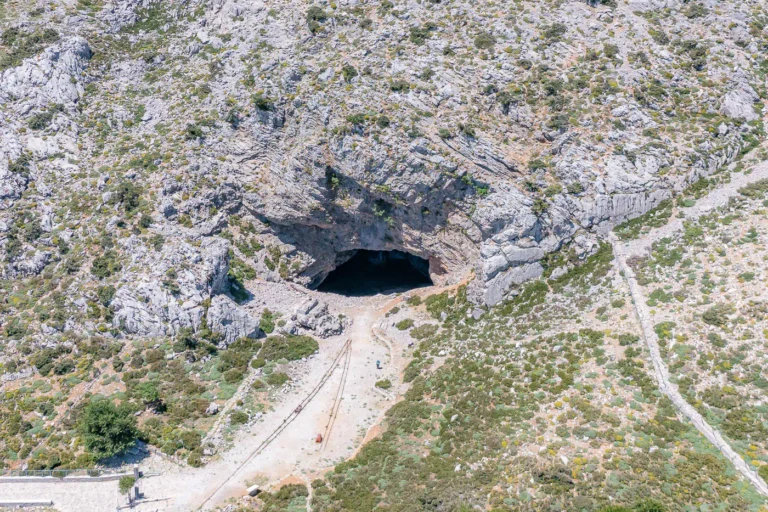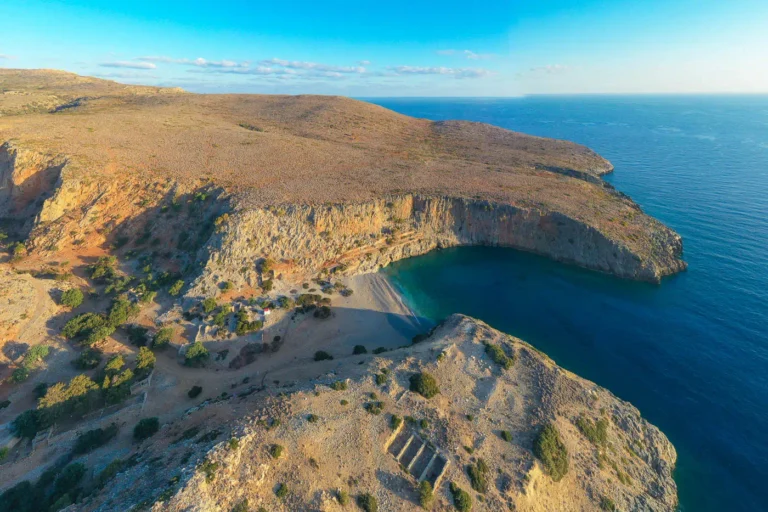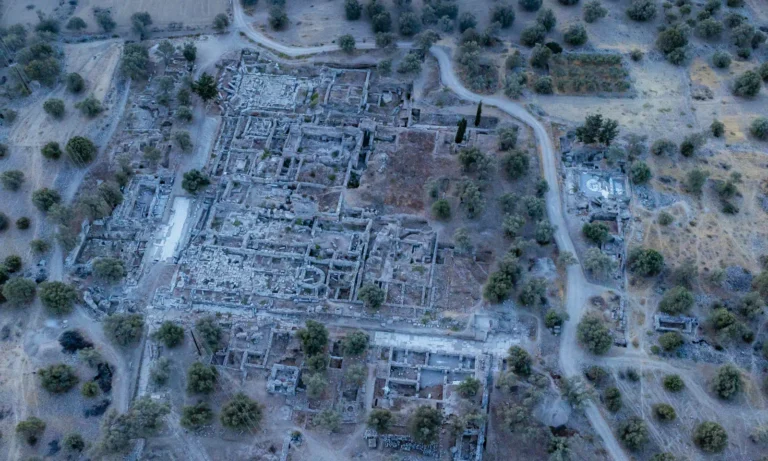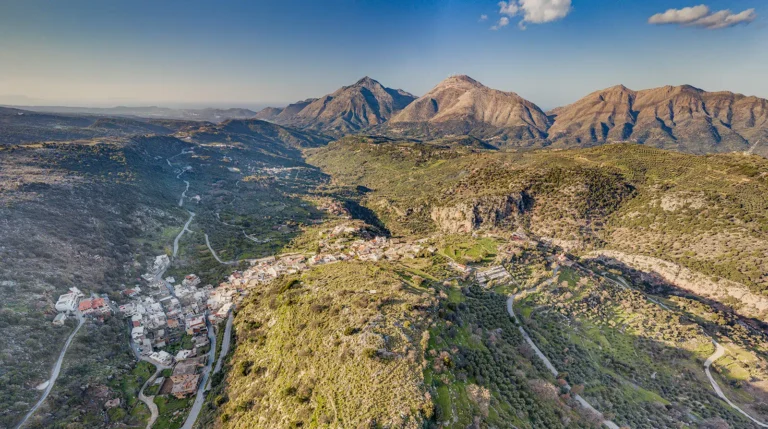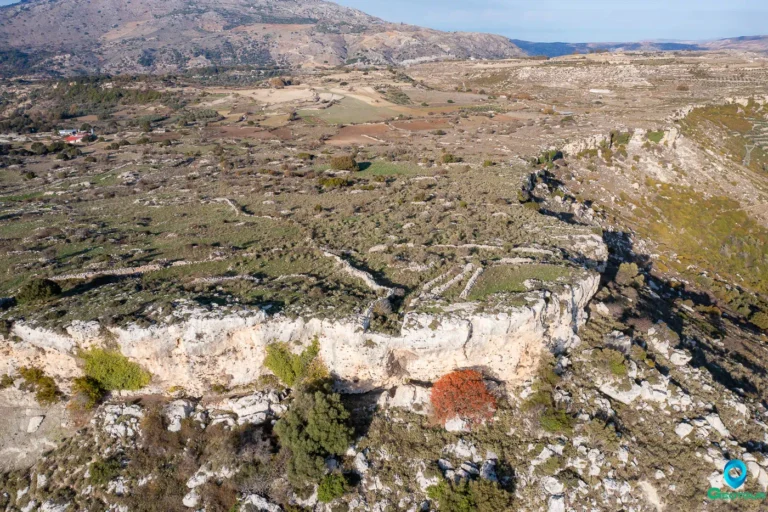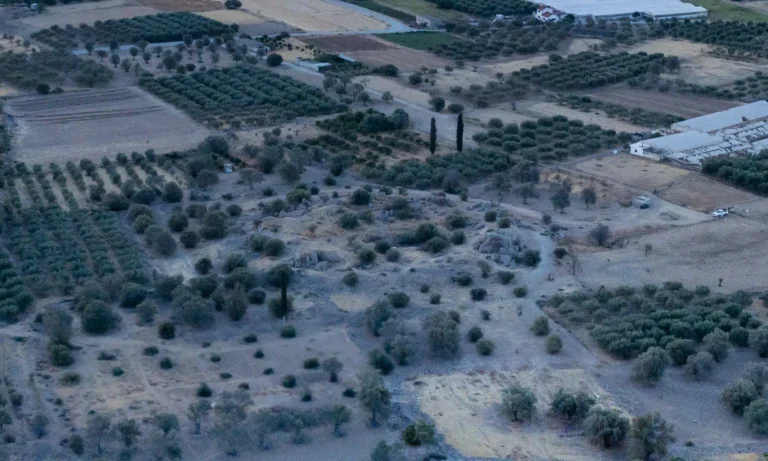Pax Romana: Crete as a Roman Province (67 BCE – c. 284 CE)
The endemic violence and rampant piracy of the Hellenistic period ultimately drew the decisive intervention of Rome. The subsequent conquest and incorporation of Crete into the Roman Empire brought an end to centuries of internal strife and ushered in a long period of peace, stability, and economic prosperity.
The Roman Conquest
Rome’s official justification for war was the need to eradicate piracy, which threatened the vital sea lanes of the Mediterranean. An initial expedition in 71 BCE under Marcus Antonius Creticus was repulsed. In 69 BCE, Rome dispatched a much larger force of three legions under the command of Quintus Caecilius Metellus. The conquest proved to be a ferocious and difficult three-year campaign. The Romans were forced to besiege the Cretan cities one by one in their mountain strongholds, facing fierce resistance from the island’s seasoned warriors. Metellus’s eventual victory in 67 BCE was hard-won, earning him the honorary cognomen “Creticus”.
Administration and Urbanism
Upon its subjugation, Crete was organized into a new administrative unit. In 67 BCE, it was combined with the territory of Cyrenaica on the North African coast to form the senatorial province of Creta et Cyrenaica. This structure was a deliberate act of Roman political engineering. By choosing the city of Gortyn, located on the fertile Mesara plain with its access to the southern sea lanes, as the provincial capital, Rome fundamentally reoriented the island’s political and economic axis. This decision was driven by pragmatism: Gortyn was perfectly positioned to oversee the island’s rich agricultural production and, more importantly, to service and protect the vital annona, the state-managed grain route from Egypt to Rome.
Gortyn was rewarded for its pro-Roman stance during the conquest and flourished as the new capital, supplanting its ancient rival, Knossos. It became the undisputed administrative, legal, and social center of the island, adorned with impressive Roman public buildings, including a praetorium (governor’s residence), an odeon, temples, theaters, and aqueducts. The peace and stability of the
Pax Romana led to a general urban revival across the island, with at least 15 cities prospering and benefiting from the construction of Roman infrastructure.
Economic Revival and Integration
Freed from the destructive cycle of internal warfare, the Cretan economy underwent a significant transformation. The island became a major and reliable exporter of its traditional agricultural products, particularly high-quality wine, olive oil, and unique medicinal herbs. This agricultural prosperity replaced the income previously generated by mercenary service and piracy. Crete’s integration into the vast, unified market of the Roman Empire transformed it from a decentralized exporter of soldiers into a pacified, centralized exporter of agricultural goods, fully embedded in the primary supply chain of the imperial economy.
Society and Culture under Roman Rule
For most of the imperial period, Crete was a peaceful but culturally quiet province. Society became a synthesis of its deep-rooted Hellenic traditions and the overlay of Roman administration, law, and material culture, with Italian merchants and officials settling in the main cities. The island’s martial tradition did not disappear entirely; Cretans continued to be valued soldiers, now recruited into the formal structure of the Roman army as auxiliary units (auxilia). The famed Cretan archers, organized as the Cohors I Cretum Sagittariorum, served on the empire’s distant frontiers, from the Dacian Wars on the Danube to other provincial garrisons.
The Transition to Byzantium: Late Antiquity and the Rise of a New Faith (c. 284 – 395 CE and beyond)
The final centuries of Roman rule were a period of profound transformation for the entire empire, marked by sweeping administrative reforms and the momentous rise of Christianity. For Crete, these changes severed its old provincial ties, anchored it firmly in the emerging Eastern Roman world, and fundamentally reshaped its cultural and religious identity.
Imperial Reorganization
The vast administrative and military reforms initiated by the Emperor Diocletian at the end of the 3rd century CE reshaped the map of the empire. Around 297 CE, the large and geographically awkward province of
Creta et Cyrenaica was officially divided. This separation was more than a matter of logistical convenience; it represented a strategic re-alignment that prefigured the empire’s eventual split into eastern and western halves. Crete became a standalone province, initially incorporated into the Diocese of Moesia and later, under Constantine the Great, transferred to the Diocese of Macedonia. This act decisively pulled the island out of its administrative connection with Africa and into the political and military orbit of the Balkans and the new eastern capital, Constantinople.
The Christianization of the Island
This new administrative network became the primary conduit for the institutionalization of the empire’s new state religion, Christianity. According to New Testament tradition, the faith had apostolic roots in Crete, having been introduced by the Apostle Paul, who appointed his disciple Titus as the island’s first bishop with his seat at Gortyn. The early Christian community grew despite periods of persecution, most notably under the Emperor Decius in the mid-3rd century, which produced the revered “Ten Holy Martyrs” of Gortyn.
With the imperial embrace of Christianity under Constantine and its establishment as the state religion by Theodosius I in the 4th century, the Church in Crete grew rapidly in wealth and influence. Gortyn remained the ecclesiastical metropolis of the island, and its Archbishop was a significant figure in the wider Church hierarchy. This fusion of the new imperial power structure with the new religious hierarchy is powerfully demonstrated in the archaeological record. From the 5th and 6th centuries onwards, imperial and elite patronage funded the construction of large, magnificent basilicas in key administrative centers, physically stamping the new Romano-Christian identity onto the Cretan landscape. The remains of these grand churches have been excavated at Gortyn (including the Basilica of St. Titus), Hersonissos, Panormos, and Elounda, among other sites.
Conclusion: A New Era Dawns
At the time of the final division of the Roman Empire in 395 CE, Crete was a fully Christianized, Greek-speaking province, its administrative, cultural, and religious orientation fixed firmly towards the new capital of Constantinople. The island had completed a remarkable 1500-year journey from the collapse of its Bronze Age palaces. It had weathered a “Dark Age” of fragmentation, forged a unique society of warring city-states, and endured a chaotic period of piracy and foreign intervention before being pacified and integrated into the Roman world. As it entered the Byzantine era, Crete retained its ancient agricultural economy and its strategic maritime importance. This period of relative peace and provincial quietude, the longest in its history, would last for several more centuries before being shattered by the economic crises of the 7th century and the arrival of a new wave of invaders from the sea: the Arabs.

